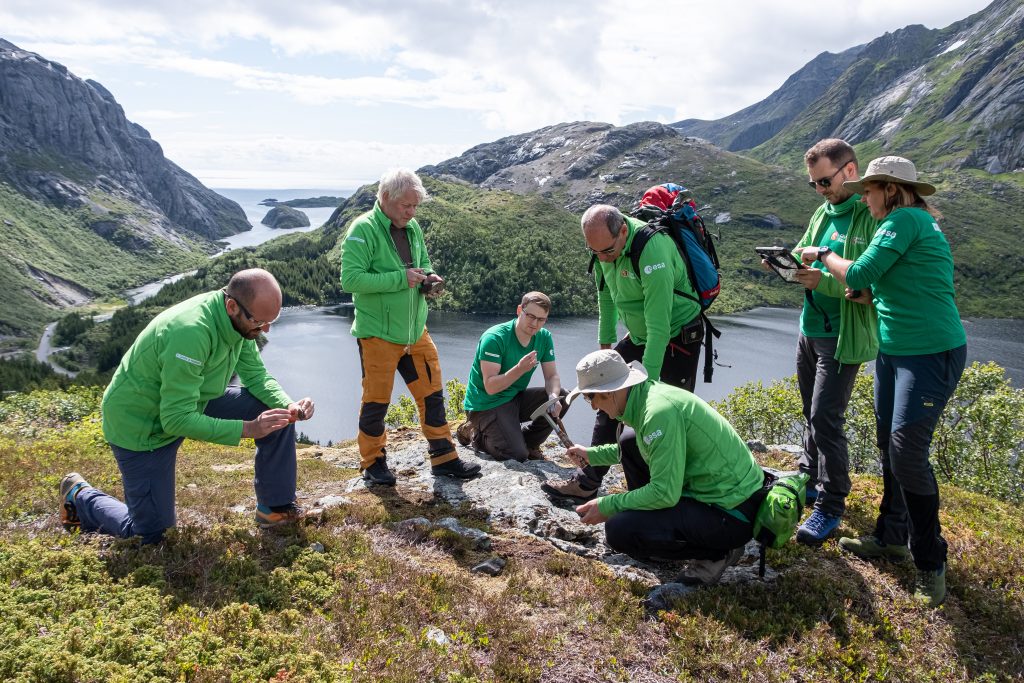ESA astronaut Andreas Mogensen and NASA’s Kate Rubins will explore the unique geology of Nusfjord, in Lofoten, from 16 to 22 July 2022.
The new location for ESA’s Pangaea course is the fourth in a series of field training sessions for Andreas and Kate. The two astronauts are already accomplished geology students, and will learn to identify new lunar rock types, interpret their origin and understand the history behind them.
The trainees will take one step closer to the Moon by following in the footsteps of ESA astronaut Matthias Maurer, who in 2019 spent a week sharpening his rock recognition skills in the Norwegian fjord as part of a dry run. Matthias is currently living and working on the International Space Station.
The Moon remains a pristine record of the last four billion years of our Solar System, and Lofoten is one of the few locations on Earth to share many geological features with the lunar highlands. Of particular interest here are the region’s well preserved anorthosites, a lunar-like rock found in the bright, heavily cratered regions of the Moon.

Norwegian glaciers have polished these rocks for millions of years, creating beautiful exposures. The Arctic enclave is perfect for introducing the astronauts to the geology of the lunar highlands – and preparing them for their future expeditions to the Moon.

Discussion: no comments